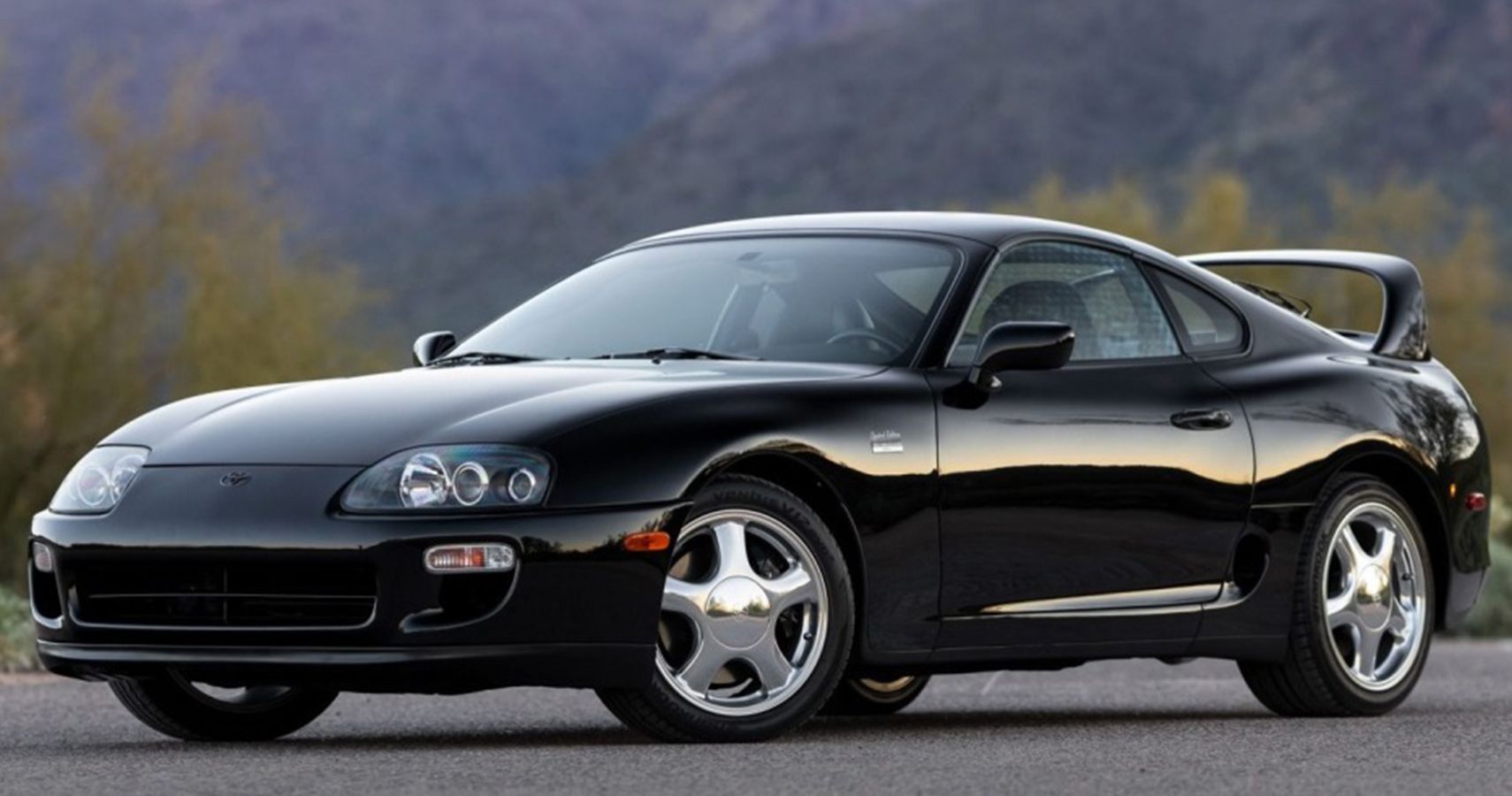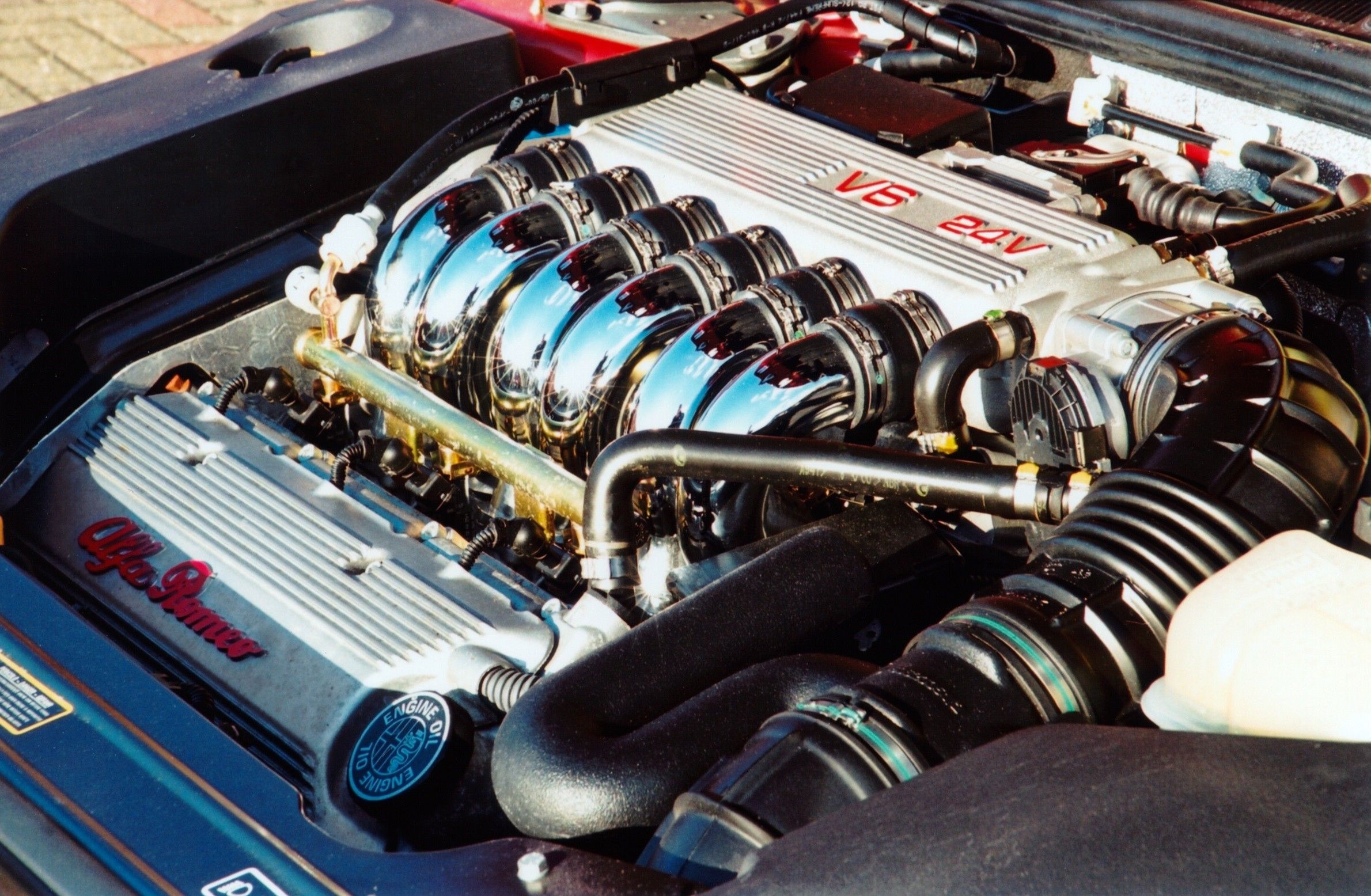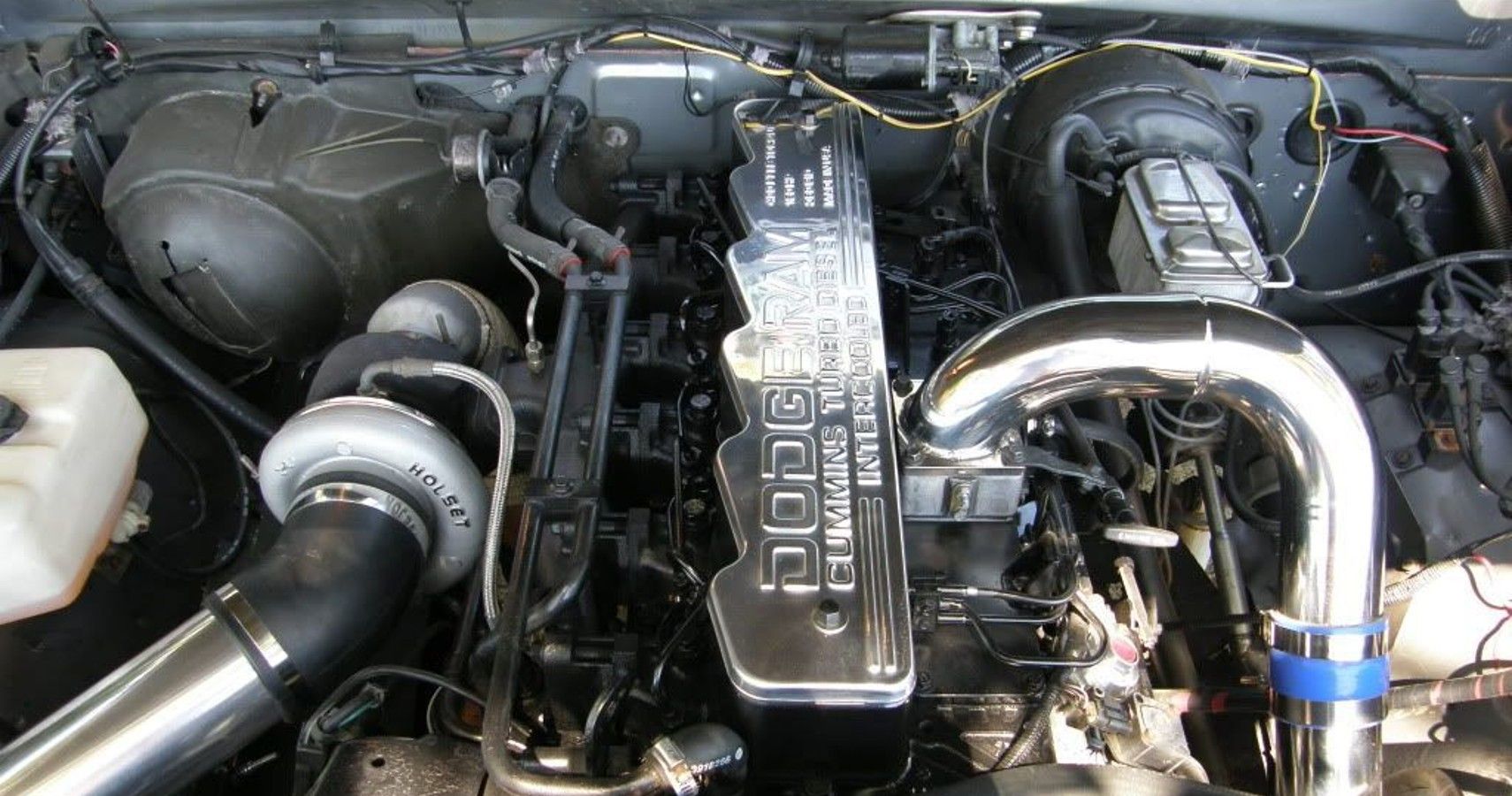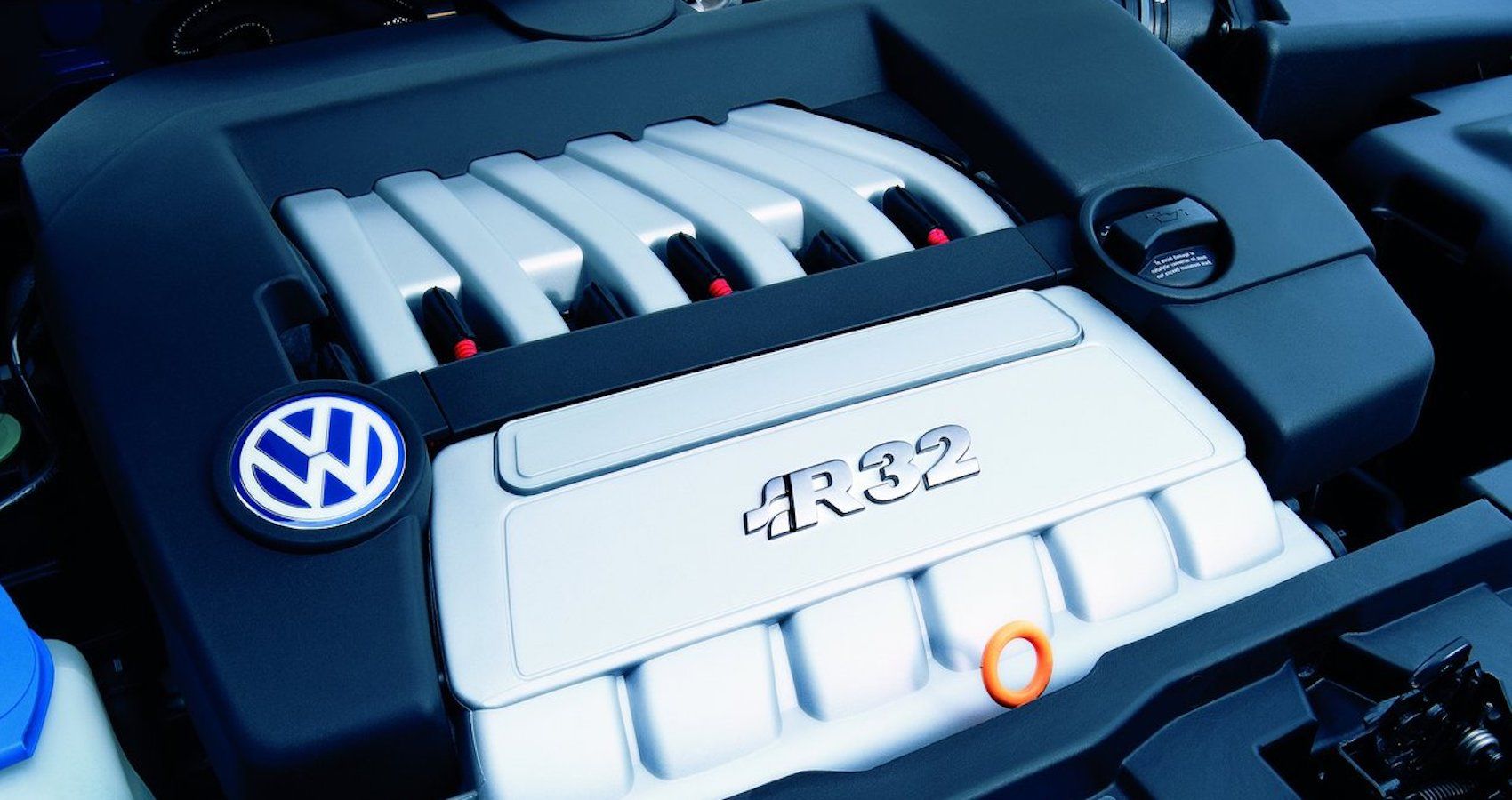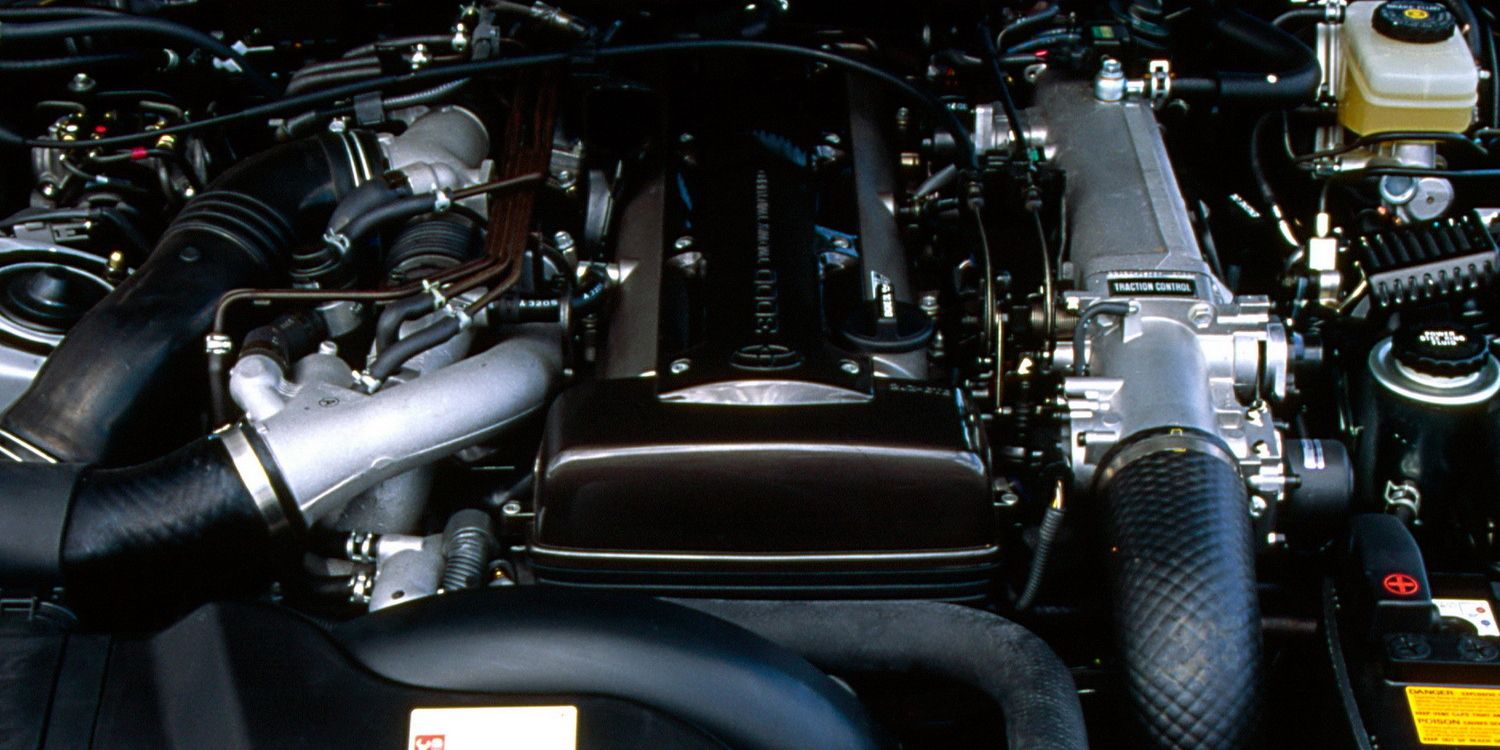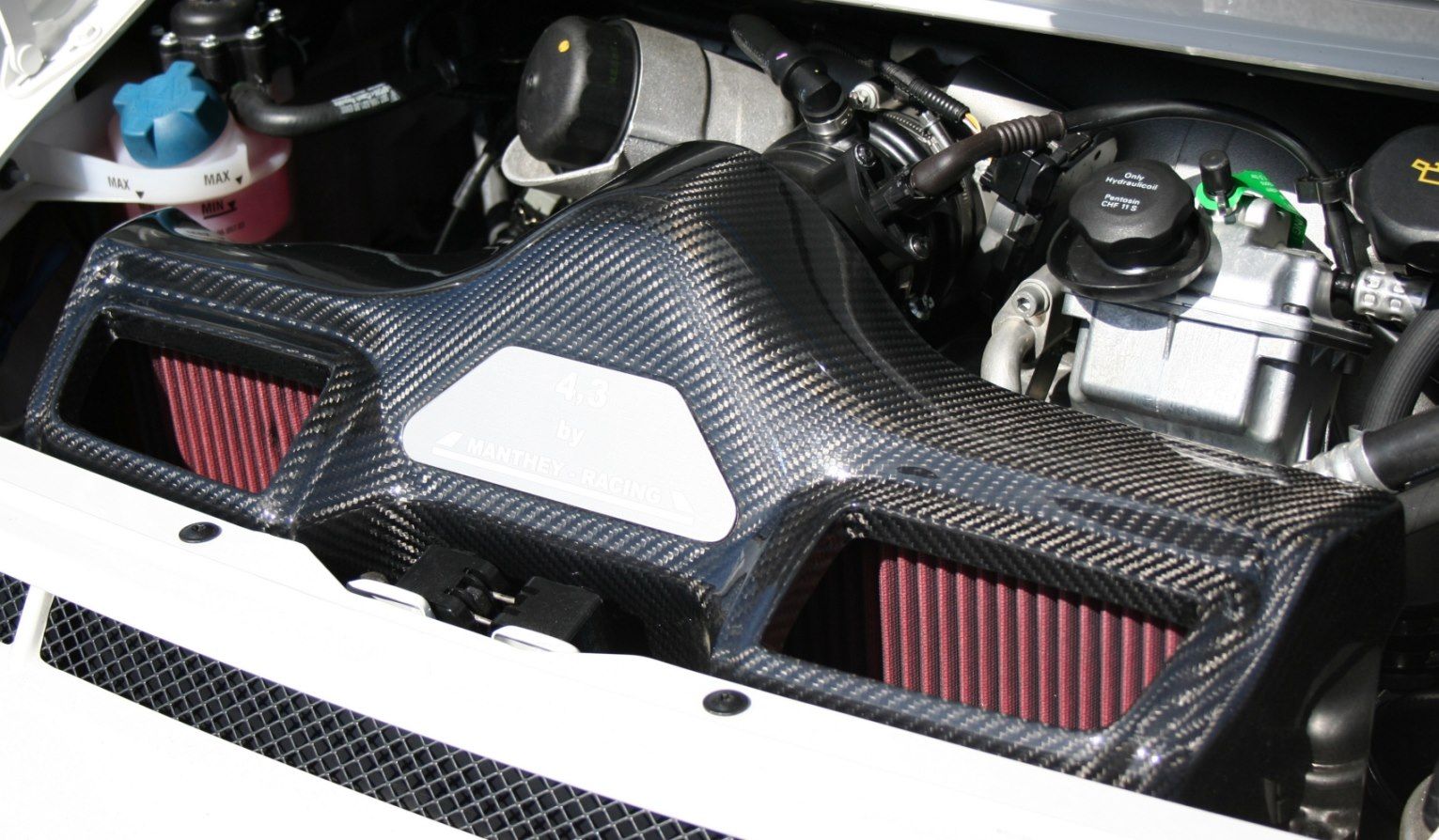When it comes to cylinder count, six-cylinder engines get the short end of the stick. The American auto industry spent years conditioning us to prefer a V8. Anything less is a sign of having too little money or plain bad taste. Anything more is exotic. Even four-cylinder engines are enjoying a golden era. What used to be the lamentable power plant of loveless econoboxes now powers everything from JDM legends to European cars like the Volkswagen Golf R and Mercedes AMG GLA 45. Meanwhile, six-cylinder engines often get ignored or forgotten altogether, in sports cars and other. What gives?
There’s nothing inherently bad about six-cylinder engines. In fact, they’re so good that automakers have put them in all kinds of cars, trucks, and SUVs. Maybe that’s the problem: they’re too common. It’s true that most six-cylinder engines end up in family haulers owned by people who couldn’t find their car’s engine if the hood was open. Some, though, are much better. Some are among the greatest engines of all time.
5 Alfa Romeo Busso
Ask any car enthusiast what their favorite six-cylinder engine of all time is, and there’s a good chance they’ll name the Alfa Romeo Busso. This legend traces its roots back to the early 1970s, a family sedan, and a former Ferrari designer. It saw several incarnations over the next three decades. Displacement ranged from 2.0 liters to 3.2 liters. Some used two valves per cylinder while others used four. A set of six carburetors on the original design gave way to fuel injection on subsequent models. What they all shared was an engine note that some drivers compare to the sound of an exquisitely-crafted violin.
All Busso variants sound excellent, and some people aspire to collect as many as possible. Earlier engines — particularly the 2.5-liter, 12-valve motor from the GTV6 — produce a distinctive, grumbly burble. The last Busso, a 3.2-liter engine with 24 valves, achieves a stratospheric howl thanks to an elevated redline and eagerness to rev. None are particularly powerful, and many come attached to front-wheel-drive cars with Italian build quality that’s questionable at best. But when they do run? Mama mia, you’re in for a treat.
4 Cummins 6BT
At 1,100 pounds, the Cummins 6BT is obviously not built for sports cars — or any car, for that matter. No, it actually traces its roots back to a tractor engine called the 6B that never saw automotive use. With the aid of a hefty Holset HX35 turbocharger, the 5.9-liter, 12-valve diesel engine found a new home in Dodge Ram trucks from 1989 to 1998. What makes this mill so special? Its simple design and excellent build quality mean it can make absurd amounts of power and last half a million miles.
Why have 30 years of development failed to produce a successor with a cult following like the 6BT? Technology can make life easier, but it also makes engines (especially diesel engines) nearly impossible to maintain and modify at home. The 6BT uses a mechanical Bosch P7100 fuel pump that makes tuning possible with just a few hand tools rather than hacking into a computer like Neo in The Matrix. The turbocharger can easily crank out 40 pounds of boost. If that’s not enough for you, the stock engine can handle as much as 100 pounds of boost with nothing more than a re-torquing of the head bolts.
3 Volkswagen VR6
Volkswagen fans are an interesting bunch. The German manufacturer is an industry juggernaut thanks to its approachable, practical cars that feel more expensive than they are. Even the GTI and Golf R are extremely well-mannered, despite their respectable performance ceilings. There were times, though, when the corporate minds at Volkswagen threw sensibility to the wind and stuffed a 3.2-liter, 24-valve engine into an all-wheel-drive Golf just for the hell of it. The years were 2004 and 2008, and the engine was the VR6.
There was a smaller VR6 that Volkswagen produced in much larger numbers, but the one Volkswagen enthusiasts lust after is the 3.2-liter version reserved for the MkIV and MkV R32. What makes the engine so special is an incredibly narrow V-angle that allows the two banks to use a single cylinder head. Looking at the exposed pistons from above, they actually create an overlapping zigzag pattern rather than two banks of three. This results in a glorious exhaust note that sounds like Chewbacca as the engine sings to 6,000 RMP and beyond. Horsepower output is modest by today’s standards, but the VR6 is famously reliable. While it can handle aftermarket forced induction, purists agree that it’s best in the original, naturally aspirated form.
2 Toyota 2JZ-GTE
The difference between third and second place on this list is very small, and I could honestly go either way. While the VR6 offers smooth power delivery and makes all kinds of pretty noises, it’s hard to argue with the brute force that Toyota’s 2JZ-GTE is capable of. In stock form, the twin-turbo, 3.0-liter straight-six makes about 320 horsepower in U.S.-market cars. What made this engine a legend, though, is its potential to make much more power with little more than a laptop.
The block of the 2JZ-GTE uses cast iron, which is an inherently strong material. It’s also wildly overbuilt, meaning the engineers at Toyota made sure it could handle far more stress than they ever intended to place it under. The result is a platform that can handle aftermarket parts and tuning with little risk of failure. Plenty of owners have pushed the 2JZ-GTE to 1,000 horsepower and beyond, but that’s asking for a lot. For long-term reliability, 600 horsepower is a much more reasonable goal. Considering that was possible in the early 1990s is truly remarkable.
1 Porsche M97/74
To truly appreciate what Porsche accomplished with the M97/74 engine, we need to go beyond block materials and beautiful exhaust notes (although we’ll come back to sound). What makes this engine special is its boxer configuration. Unlike a flat-six that places two connecting rods on each crankpin, boxers give each connecting rod its own crankpin, spaced at 180 degrees. This generates equal forces in directly opposing directions, resulting in a perfectly balanced, wonderfully smooth engine.
The M97/74 engine is a feat of engineering and it’s expensive to produce. Porsche’s investment paid off, though, because it ended up being a reliable platform that successfully powered everything from the entry-level Boxter to the fire-breathing GT2 RS and GT3 RS. Between 2005 and 2011, variations of the M97/74 offered displacements ranging from 2.7 liters to 4.0 liters. The boxer configuration allowed even the big 4.0-liter engines to rip all the way to 8,500 RPM. Power delivery is smooth and predictable, the exhaust note is magnificent, and you can get one with or without a pair of turbochargers.

